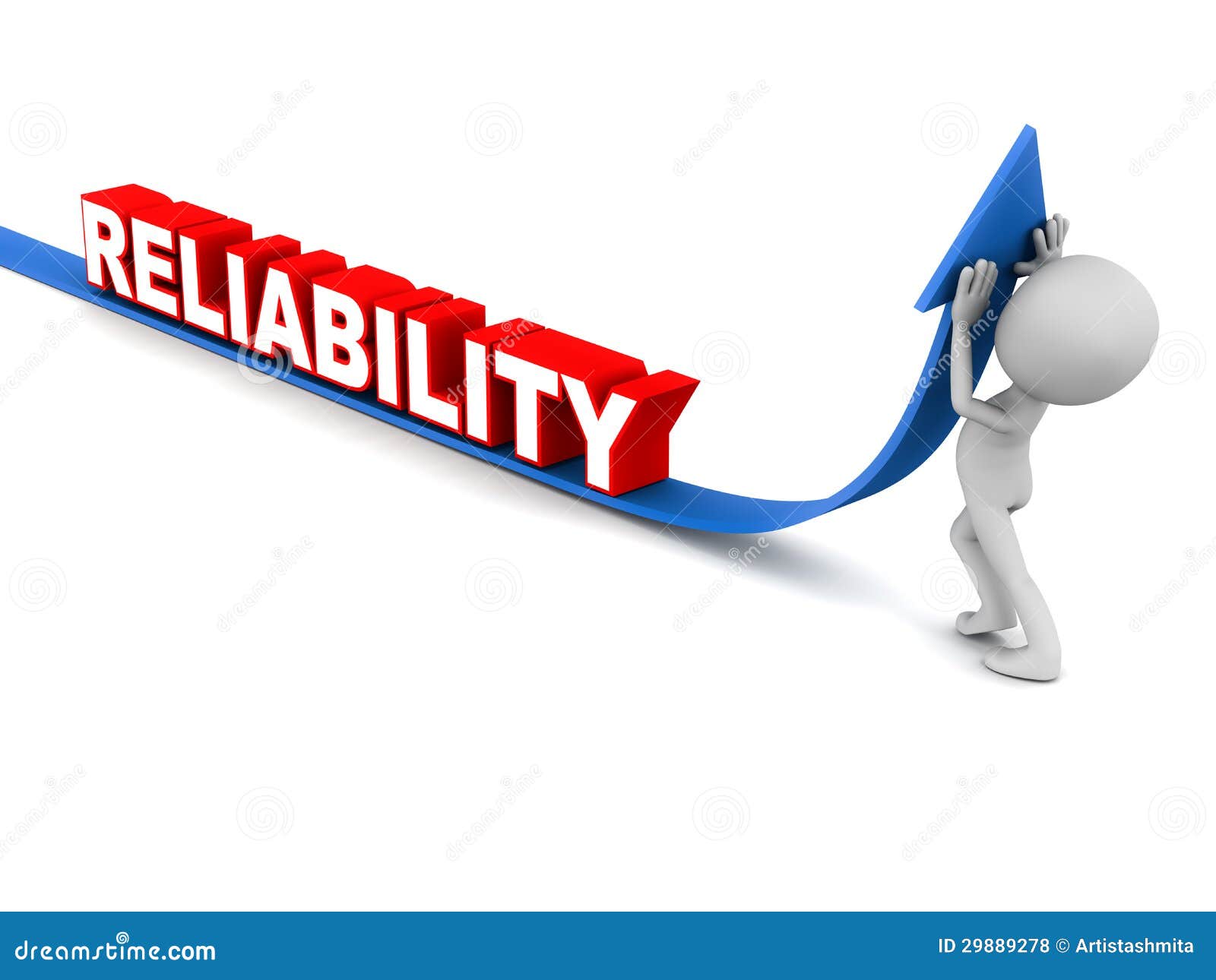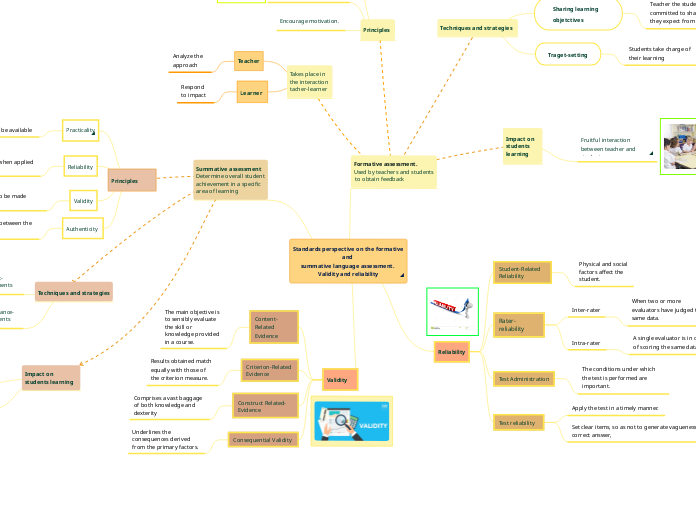Standards perspective on the formative and
summative language assessment.
Validity and reliability^
Formative assessment.
Used by teachers and students
to obtain feedback
Reliability
Student-Related Reliability
Physical and social factors affect the student.
Rater-reliability
Inter-rater
When two or more evaluators have judged the same data.
Intra-rater
A single evaluator is in charge of scoring the same data.
Test Administration
The conditions under which the test is performed are important.
Apply the test in a timely manner.
Set clear items, so as not to generate vagueness in terms of the correct answer,
Summative assessment
Determine overall student achievement in a specific area of learning
Validity
Content-Related Evidence
The main objective is to sensibly evaluate the skill or knowledge provided in a course.
Criterion-Related Evidence
Results obtained match equally with those of the criterion measure.
Comprises a vast baggage of both knowledge and dexterity
Consequential Validity
Underlines the consequences derived from the primary factors.
Principles
Combine effort and time in activities.
Give positive feedback to the student.
Encourage motivation.
Takes place in the interaction
tacher-learner
Teacher
Analyze the approach
Learner
Respond to impact
Techniques and strategies
Sharing learning objetctives
Teacher the student are committed to sharing what they expect from each other.
Traget-setting
Students take charge of their learning
Impact on students learning
Fruitful interaction between teacher and student.^
Principles
Practicality
^
Adequate resources must be available
Reliability
It should not make much difference when applied more than once.
Validity
Comply with the inferences to be made about the results of the test.
Authenticity
Closely natural relationship between the tasks presented in the test.
Techniques and strategies
Product-assessments
Performance-assessments
Impact on students learning
Increase their confidence.
Build their own learning environment






